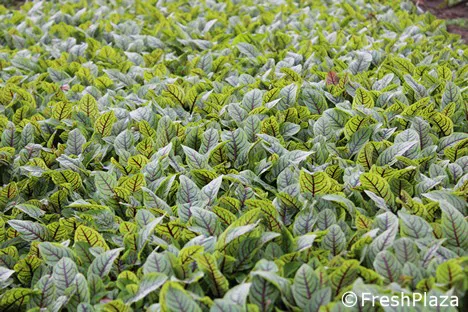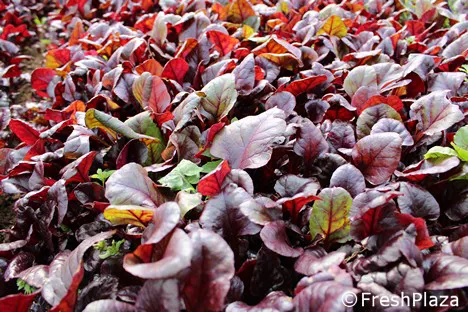At first, the pandemic, then the war emergency, and the consequent price increases, water emergency, labor shortages, and reduced household purchasing power have created a complex scenario for the fruit and vegetable sector. This is also at the expense of the fresh-cut sector, an assortment of ready-to-eat references, which has a high service content, since, after being harvested and before being sold, it undergoes minimal processing processes that make it practical and immediate to use, but at a higher cost. The above were the themes at the center of a round table discussion held in Pontecagnano, in the province of Salerno, in the heart of the Sele Plain, the homeland of fresh-cut vegetables in southern Italy.
"In this particular historical moment, the agricultural and agro-industrial sector is incurring high production costs, in the order of +30-40%. As a result, the fresh-cut sector is experiencing a difficult time. However, on the commercial front, collaborations with foreign countries are growing, thanks to European supermarket chains that appreciate Italian fresh-cut products. I think Italian retailers should also make an effort to promote Italian products abroad," said entrepreneur Rosario Rago of Confagricoltura Salerno.
Regarding the topic of innovation, "The contribution of the research is crucial so that organic and zero-residue fresh-cut lines can be developed. To this end, there is a need for varieties that are resistant, especially to downy mildew," continued Rago.

The consumer's perception of the fresh-cut segment
The analysis proposed by Claudio Scalise of SG Marketing revealed that we are experiencing a transitional phase in which Italians are changing their eating habits. There is a trend toward a shift from animal-based diets to plant-based diets. In Italy, 8 percent of the population is vegan, meaning they do not buy animal products, and 21 percent of the population is replacing animal-based proteins with plant-based ones in their diets.
"We need to enhance the value of the products to make sure that they better capture the market demand. As for the fresh-cut segment, there is still a lot of confusion among consumers. As a result, more effective communication is needed," explained Scalise.

A study on fresh-cut purchasing trends was presented by Alessandro Bantreme of the Department of Environmental Science and Policy at the University of Milan. The research shows that consumers are generally willing to pay more for convenience products, and the fresh-cut fits into this category.
"However, there is always some skepticism in accepting innovative products, even though in the case of convenience products, they are gladly accepted because the consumer saves time and, among other things, considers them necessary and healthy products. Fresh-cut products are the right compromise between convenience, food safety, and healthy nutrition. To encourage their consumption, we should also bring children closer to the fresh-cut products, trying to introduce them in school canteens," said Bantreme.
In turn, Gianluca Boccagna (Unione Italiana Food - Prodotti Ortofrutticoli Quarta Gamma) presented the sales segment. "Fresh-cut products represent the right choice for those who want to follow a healthy diet, with safe and good quality products. It's sustainable, as it reduces food waste, allows consumers to know precisely the quantity they are buying, it is portionable, it is microbiologically safe, and since it is already washed, it saves water at home."
Strategies for boosting the value of fresh-cut products in stores
It was Elisabetta Pellegrini of Coop Italia who made a brief final examination of the issue. "We are in a particular historical context, in which consumption is in crisis, as rising prices have led to a redistribution of the income that Italians allocate to food spending. We have the task of responding to the various needs of the various styles of consumption, proposing an offer that keeps these factors in mind. We are well aware of the value of the fresh-cut segment and how, together with vertical farming, it constitutes a virtuous example of sustainability, which is the result of a well-structured supply chain. However, sustainability is also the result of an economy that yields good results for all stakeholders. This is why we need to better communicate the value of these products to consumers."
The price for these products includes innovation, convenience, less food waste, and healthiness.
